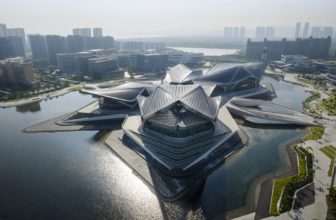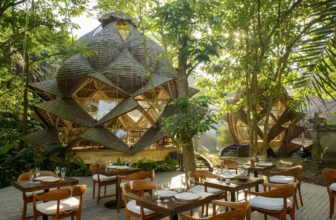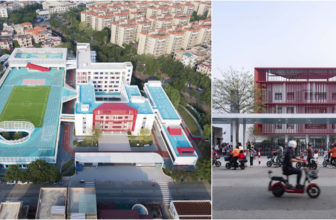In physical geography, a dune is a hill of sand built either by wind or water flow. Dunes occur in different forms and sizes, formed by interaction with the flow of air or water. Most kinds of dunes are longer on the windward side where the sand is pushed up the dune and have a shorter “slip face” in the lee of the wind. The valley or trough between dunes is called a slack. A “dune field” is an area covered by extensive sand dunes. Large dune fields are known as ergs.
The design simulates the conditions of a beach dune which have front water Represented in Qaroun Lake, the first dune called bare sand can be seen in the design as the small building, and grass between dunes is the botany garden between buildings & finally the rear dune which would be the geometry of the museum itself.
The curve of the building’s exterior, meant to reflect the identity of the sand dunes. It was necessary to construct a building that could seal out the elements and bear high wind and seismic loads without relying on interior support columns (which would have impeded the flow of space). Ultimately, a system was devised that utilized a space frame as its main structural element; the cladding is a curtain wall system comprised of various specially fabricated panels.The main structure is a mix of reinforced concrete, steel frame structures, and composite beams and decks. The space frame is composed of a special steel tube-and-nodes system.
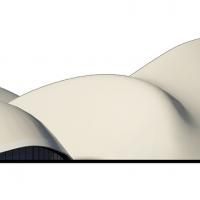
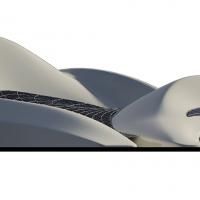
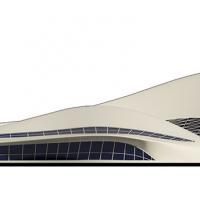
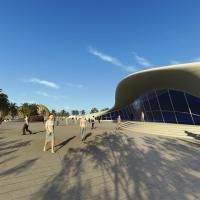
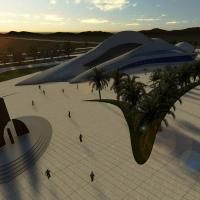
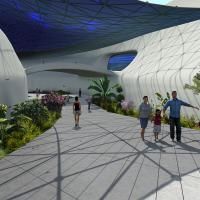
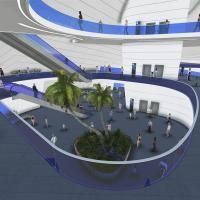
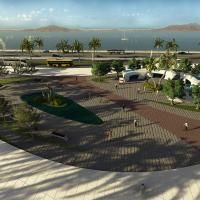
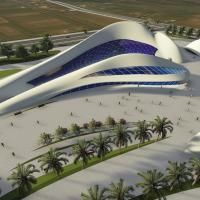
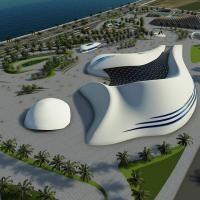
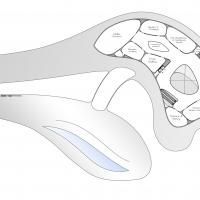

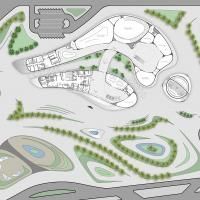
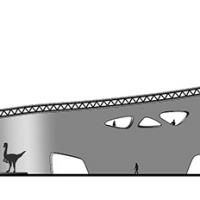
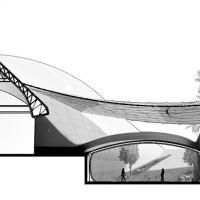
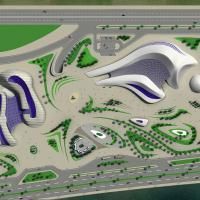
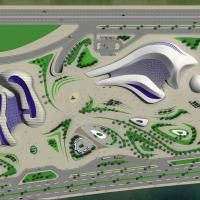
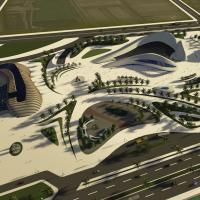
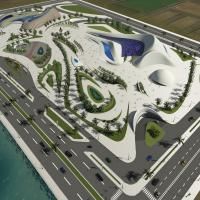
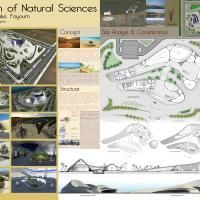
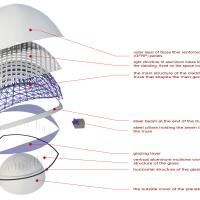
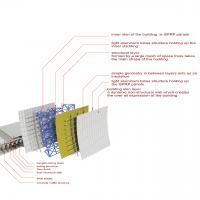
Courtesy of Muhammad Ragab
Project: Museum of Natural History
Designer: Muhammad Ragab
School : Faculty of engineering – Alexandria University – Architecture Department
Advisers: Prof. Mustafa El-Araby – Dr. Dina Sameh
Degree: good
Graduated 2012


